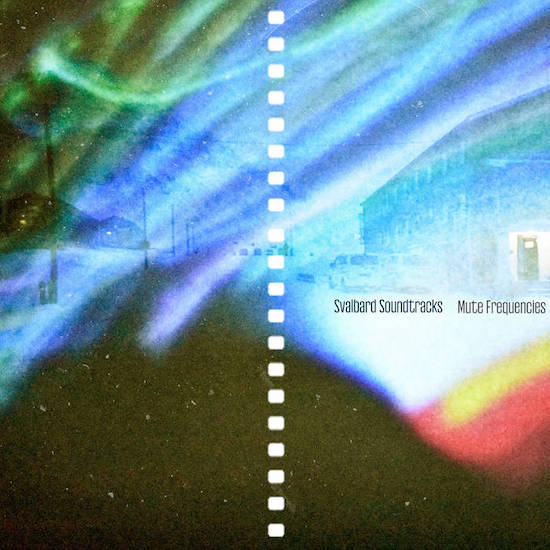Mute Frequencies were inspired by three documentaries about one of the northernmost settlements on earth for Svalbard Soundtracks. Those silent films, Further North, There Is Only the North Pole (1976, USSR), Spitsbergen (1958, Poland), and A Trip To Svalbard (1930, Norway), are now almost impossible to find, meaning most of my listening to this album has been through headphones while walking along a canal in East London, or from a Bluetooth speaker while searching for the films online. For this listener, these imaginary soundtracks haven’t been soundtracking what they were imagined to soundtrack. But they have a curious narrative effect even without their intended muse.
The London-based duo, Ilia Rogatchevski and Laura Rogatchevskaia, seldom slip into the tropes you’d expect for a documentary score about a remote place. Midway through opener ‘Further North There is Only the North Pole’, the funk arrives, a roving synth bass line piercing a bleak maritime soundscape of foggy electronics and factory horn-like groans. This pivot, from gloomy into jovial, has an effect similar to a panoramic shot of a vast and desolate landscape suddenly zooming into a scene bristling with activity. The sense of mood and setting they conjure quickly shifts again, a whistle blast signaling a flurry of proggy keys as though the morning rush kicked in.
These twists and juxtapositions keep coming. Second track, ‘Spitsbergen’ sees electronic interference and ominous rustles punctuated with percussion and syrupy bass before resolving into rusty noir jazz. The tracks are sequenced like montages through different locations and scenes, sound telling stories all by itself, altering moods with no need for a visual image. Permanently teetering on a precipice between playful and profound, the scope of this record covers intricate concrete sounds, grooves equal parts loungey and industrial, and shimmering synths. But it’s more than a display of the pair’s influences. By toying with sound’s ability to evoke, they also toy with the mental image and assumptions one might have of Svalbard as a cold, desolate place.
Maybe it’s because I haven’t seen them, but the films almost feel secondary. Mute Frequencies explore how soundtracks work as much as specific examples. Diegetic sound is what is real to the world of a movie, the sounds whose origins can be seen on screen. Non-diegetic is everything else, the audio layered over the top, such as the score. Svalbard Soundtracks is compelling because it treats non-diegetic sound as an actor in its own right. Similar to film clips played with the wrong music, Mute Frequencies show that music has a unique power to shift the way we apprehend and comprehend. Whether it’s our mental images of a Norwegian archipelago, or the more mundane surroundings of the Mile End Basin.


